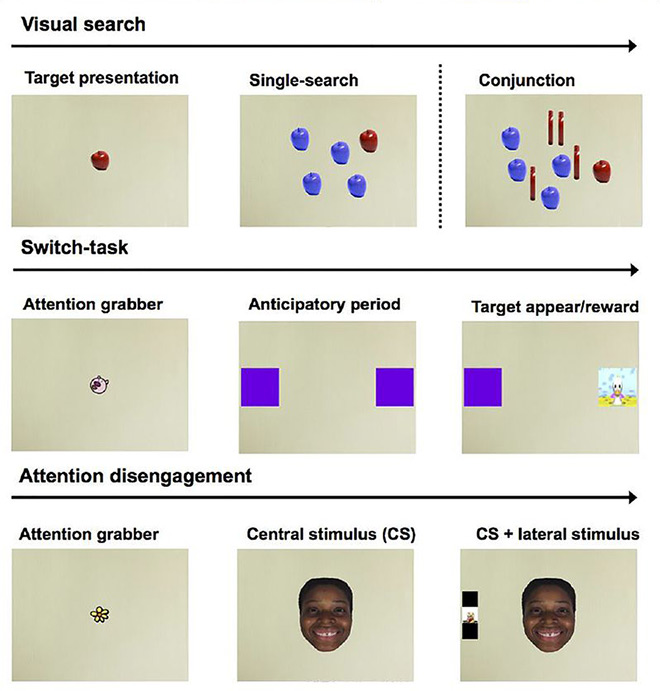
Our work seeks to provide insights on how gaze variables can provide students with gaze-aware feedback and help us improve the design, interfaces and analytics used as well as provide a first step towards gaze-aware design of MOOCs to amplify learning.
We present a study to investigate how well stimuli-based gaze analytics can be utilized to enhance motivation and learning in Massive Open Online Courses (MOOCs). The results show that the student performance can be predicted with an error of less than 5%. In this contribution, we also present a method combining state-of-the-art AI technique with the eye-tracking data to predict student performance. One key ingredient in the process of achieving a high level of adaptation in providing gaze-aware feedback to the students is to use Artificial Intelligence (AI) algorithms for prediction of student performance from their behaviour. Our long-term goal is to create student profiles based on their performance and learning strategy using stimuli-based gaze variables and to provide students gaze-aware feedback to improve overall learning process. Such variables enable common measurements for the different kind of stimuli present in distinct MOOCs.

In our experiment, we identified a significant mediation effect of the content coverage, reading patterns and the two levels of with-me-ness on the relation between students’ motivation and their learning performance. The proposed stimuli-based gaze variables indicate students’ content-coverage (in space and time) and reading processes (area of interest based variables) and attention (i.e., with-me-ness), at the perceptual (following teacher’s deictic acts) and conceptual levels (following teacher discourse). We then proposed a method to define stimuli-based gaze variables that can be used for any kind of stimulus. In this paper, we present a study with 40 students who watched a MOOC lecture while their eye-movements were being recorded. Such variables however, do not always capture users’ learning and behavior (e.g., passive video watching).

Contemporary MOOC learning analytics relate with click-streams, keystrokes and other user-input variables. The interaction with the various learners in a Massive Open Online Course (MOOC) is often complex.


 0 kommentar(er)
0 kommentar(er)
